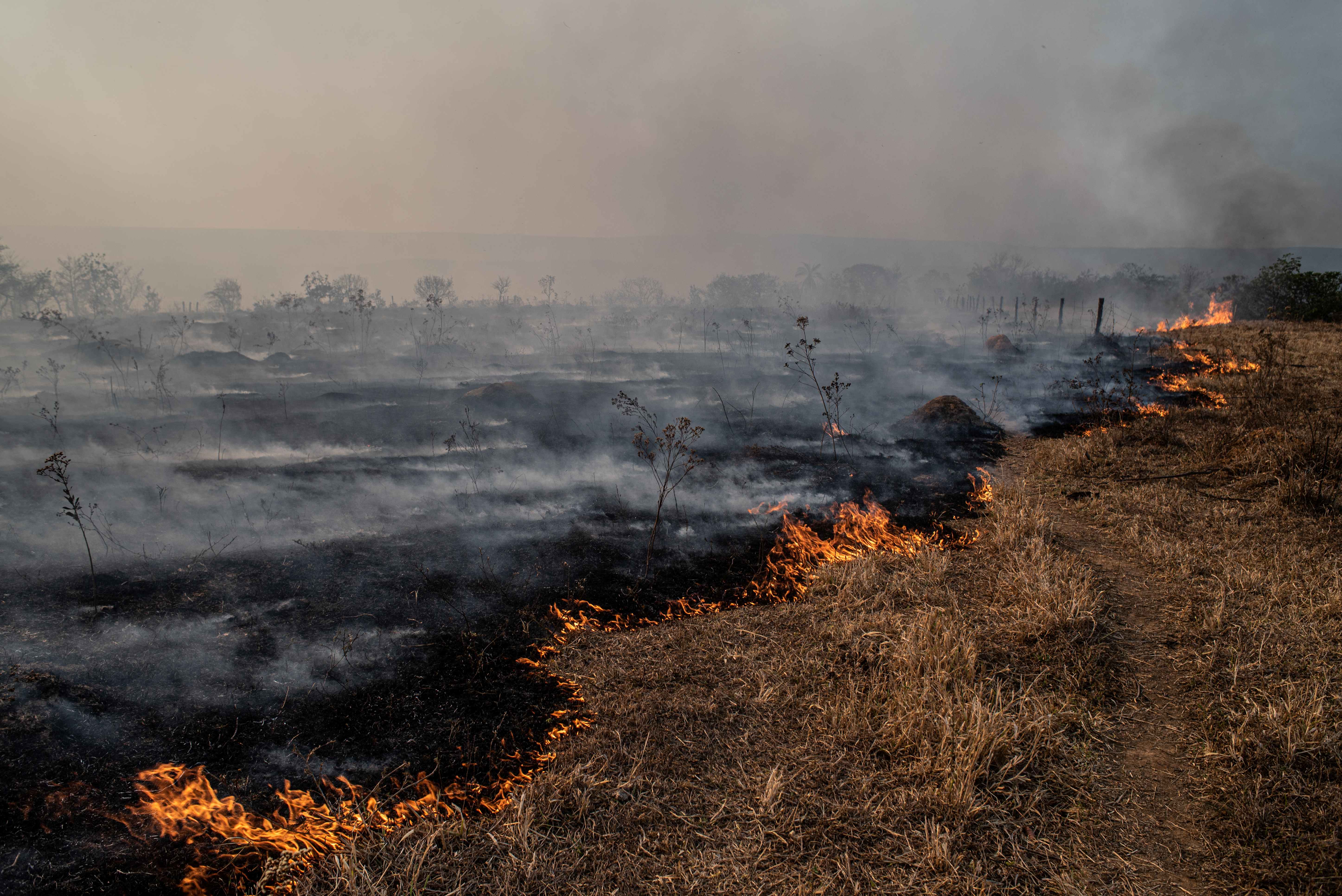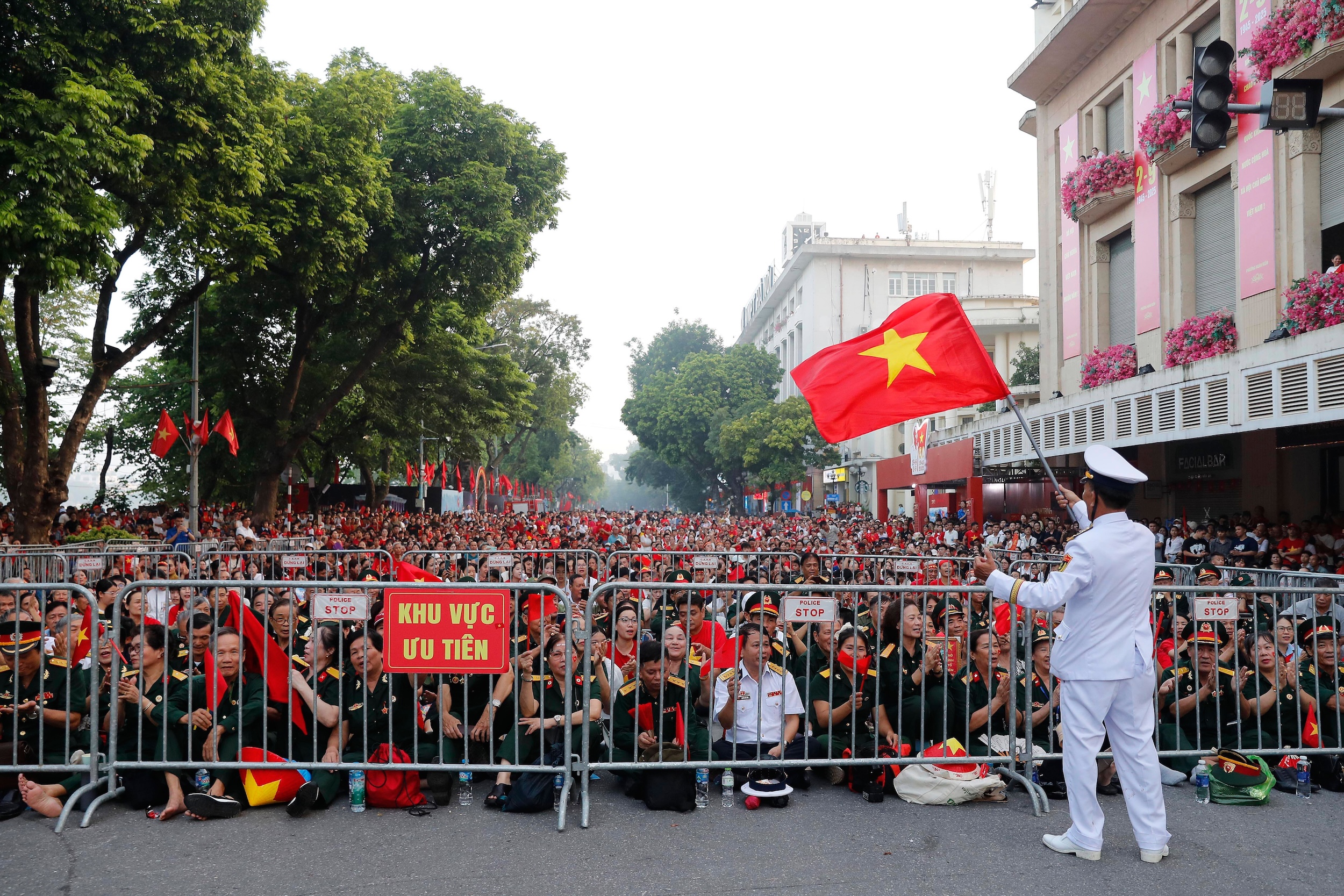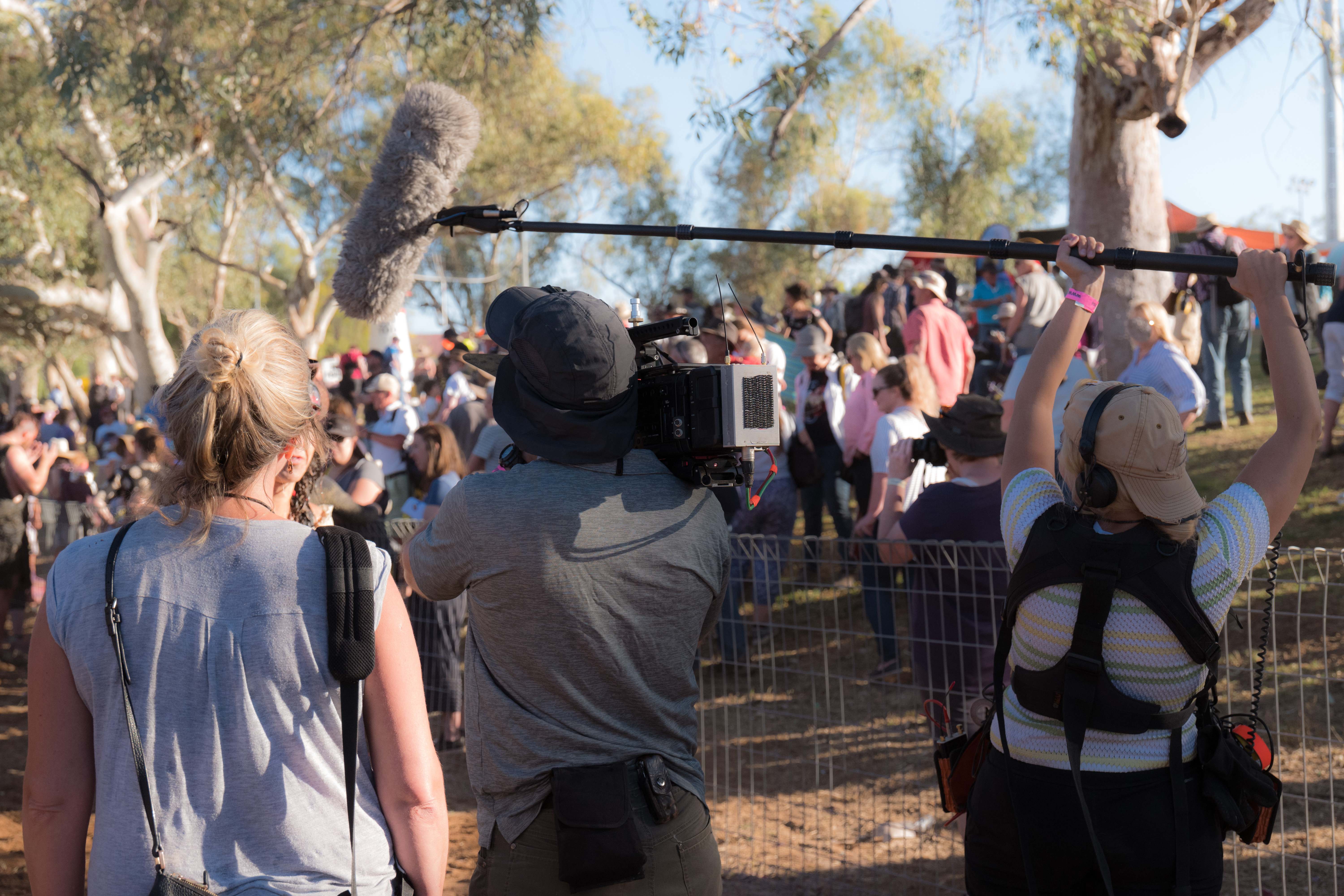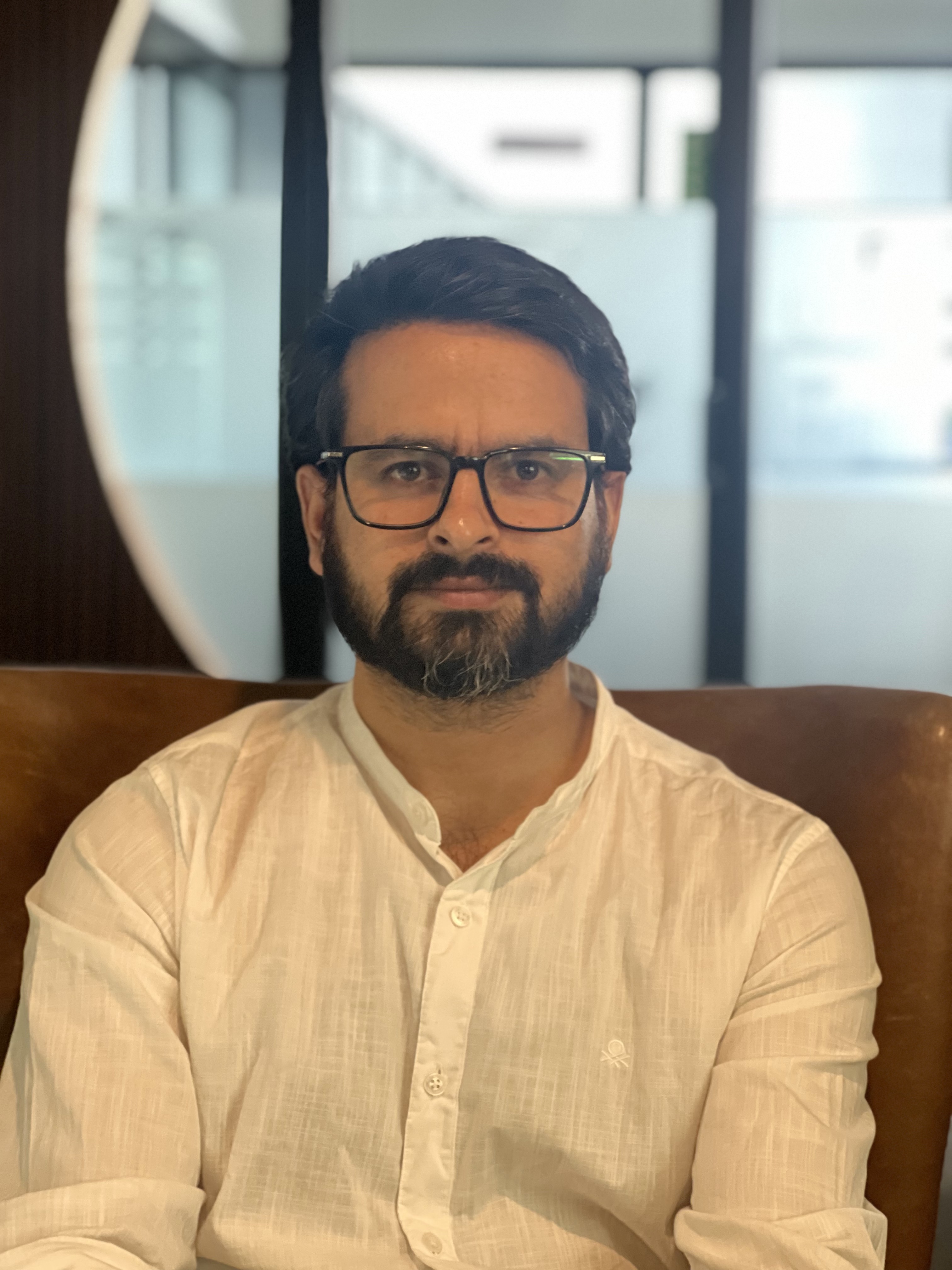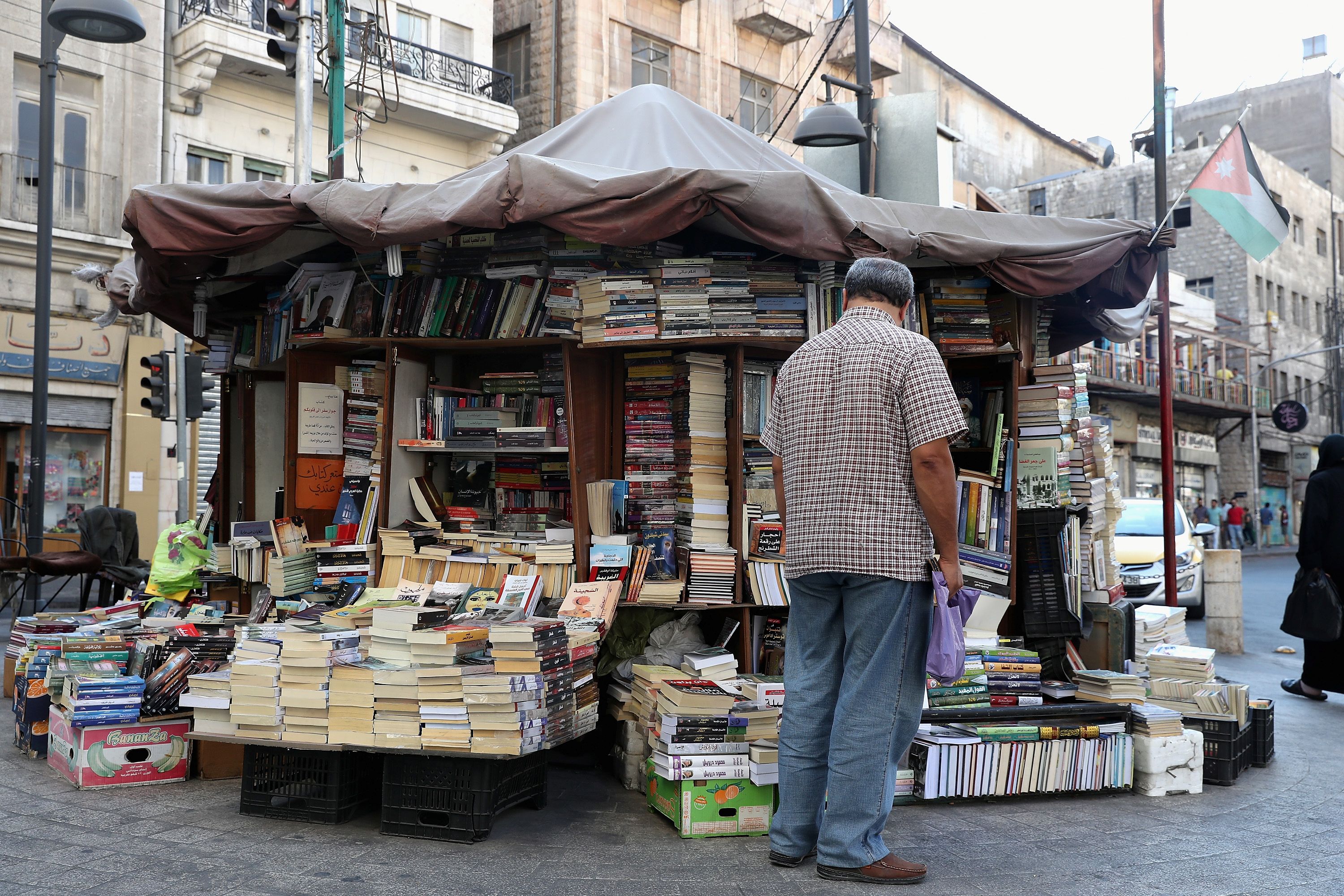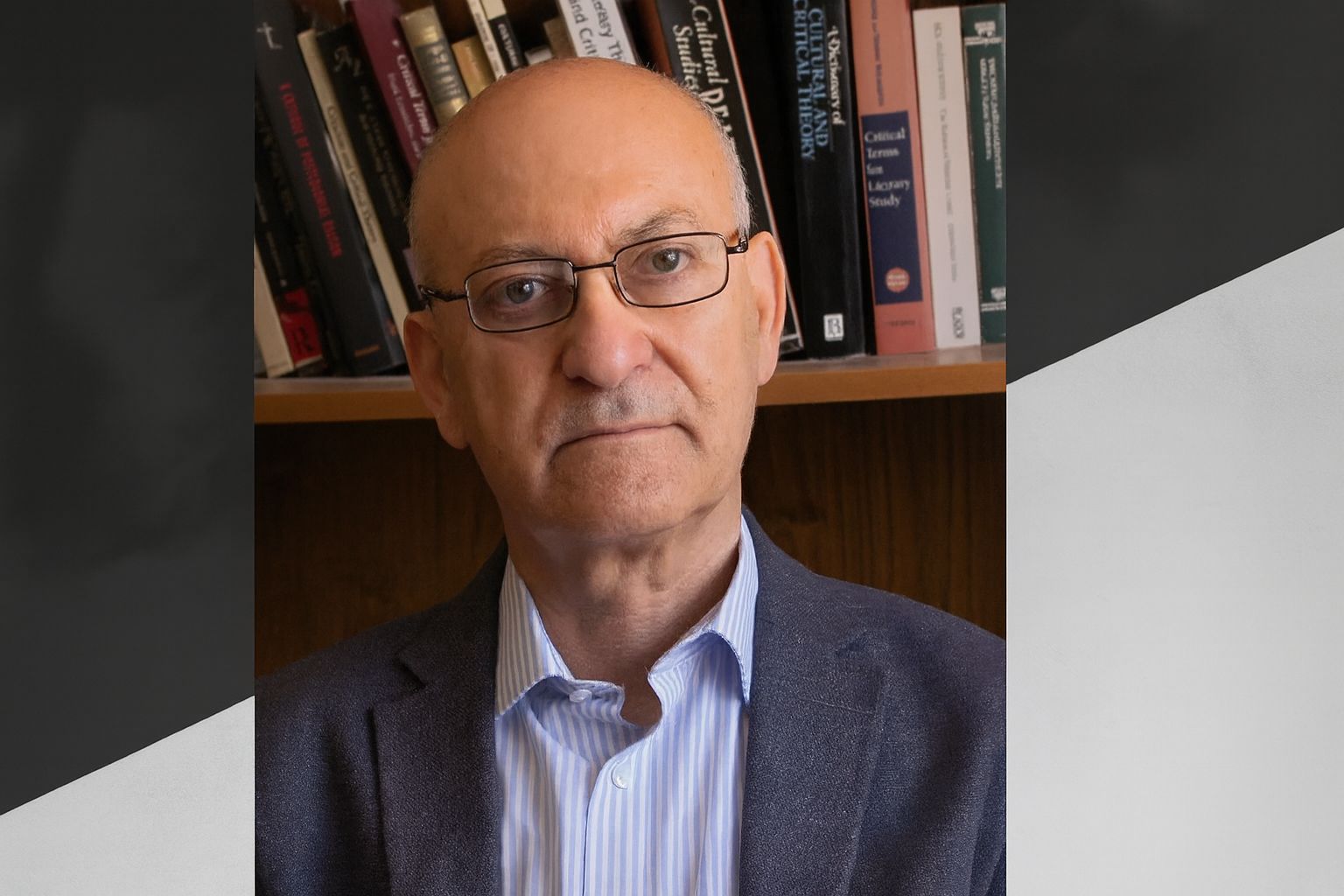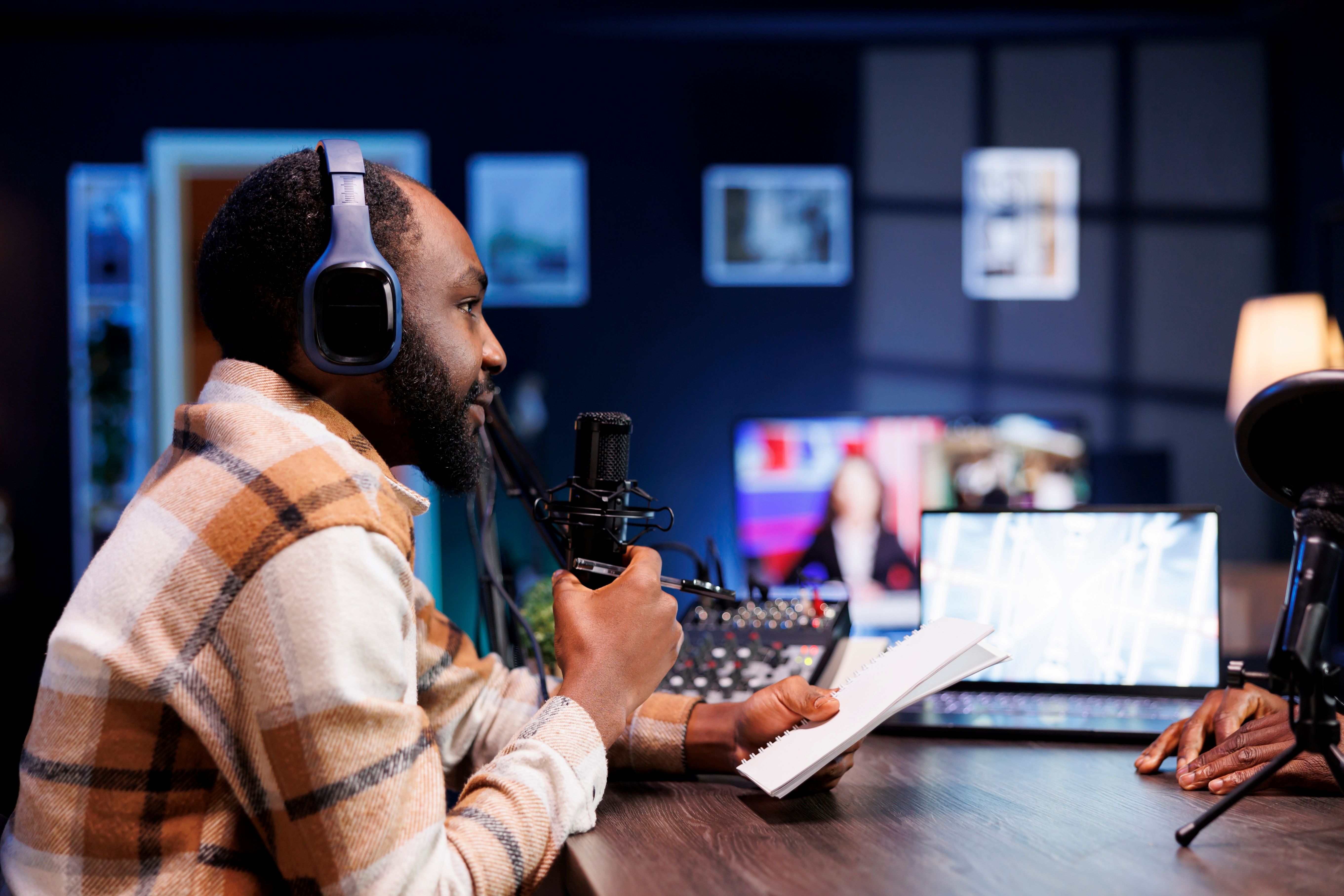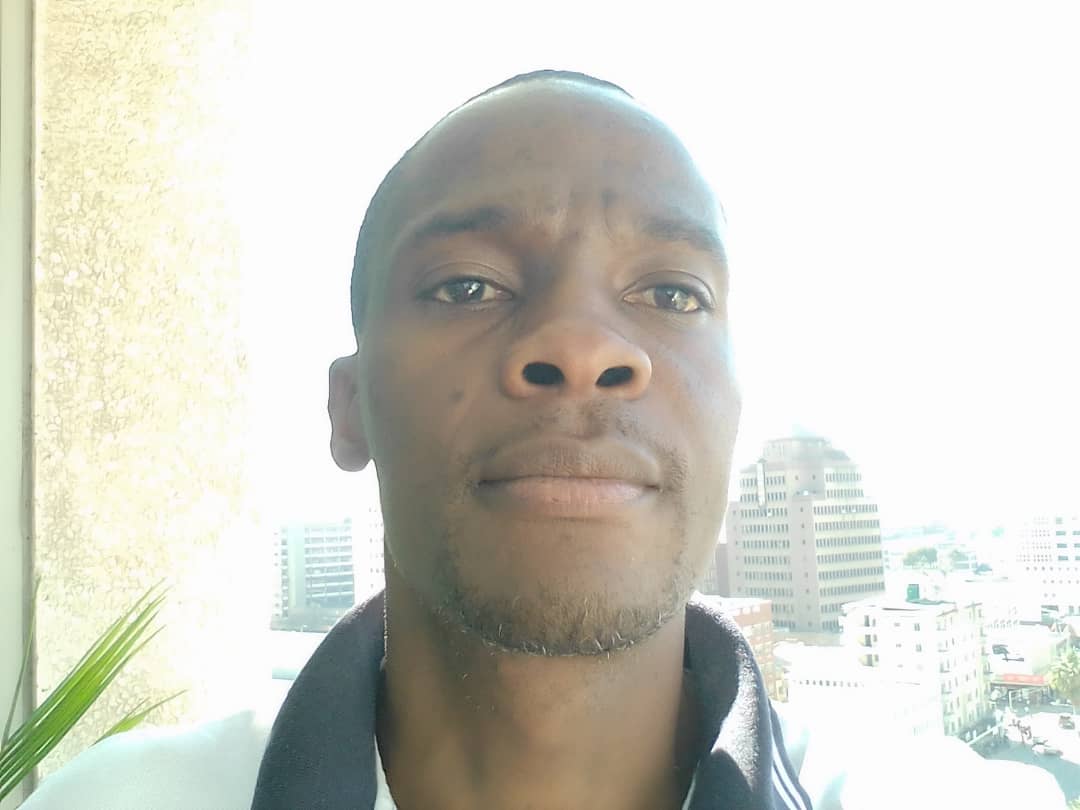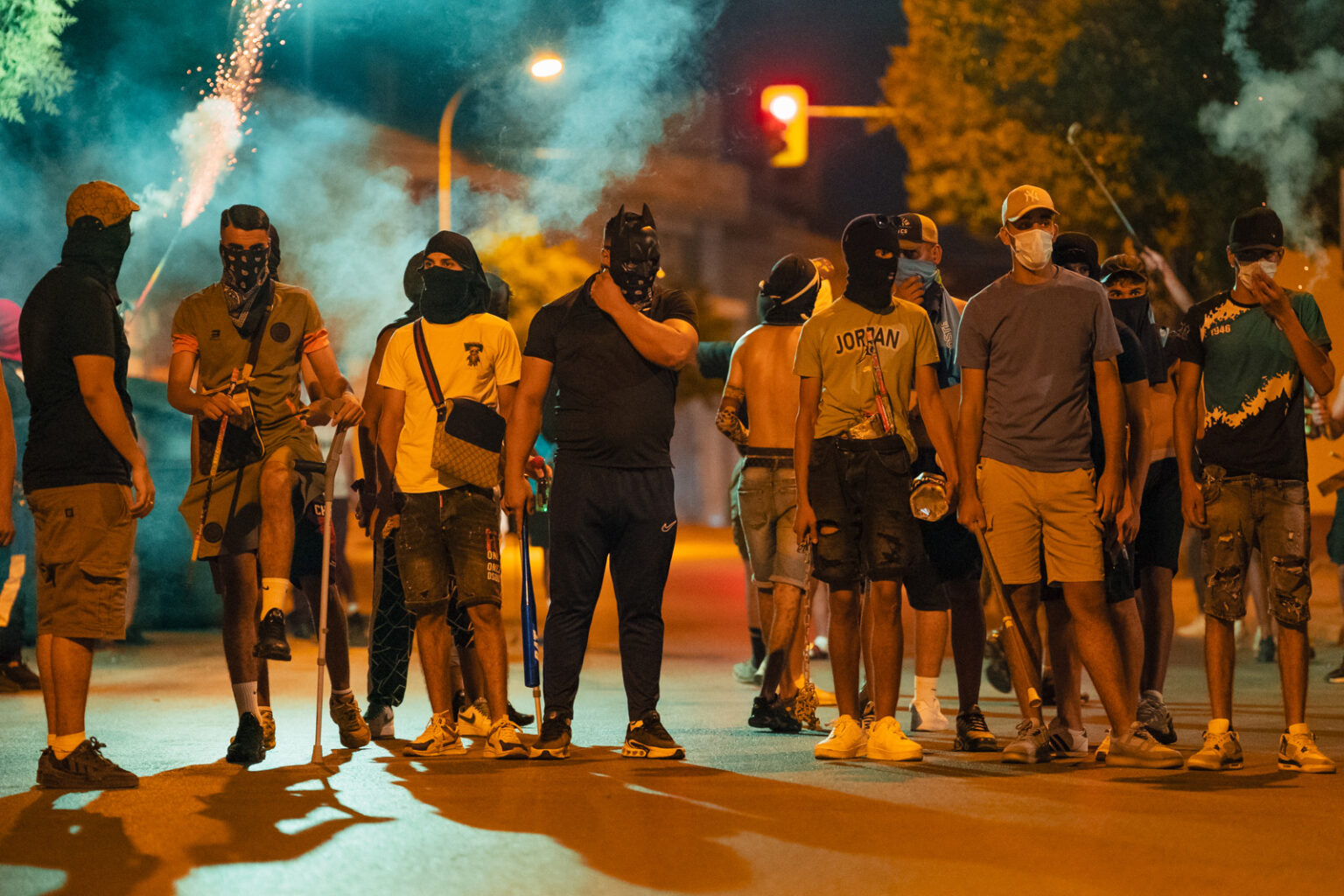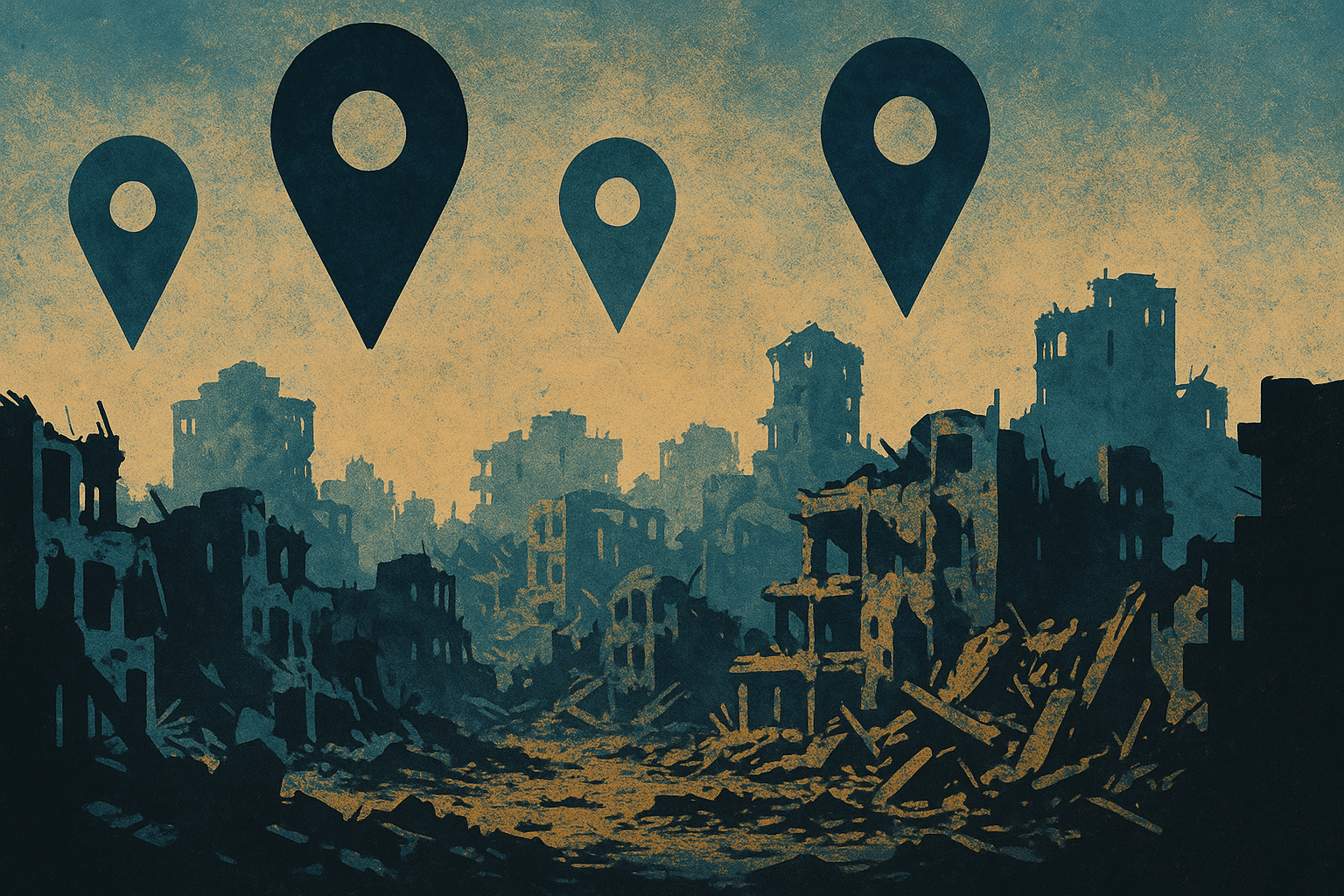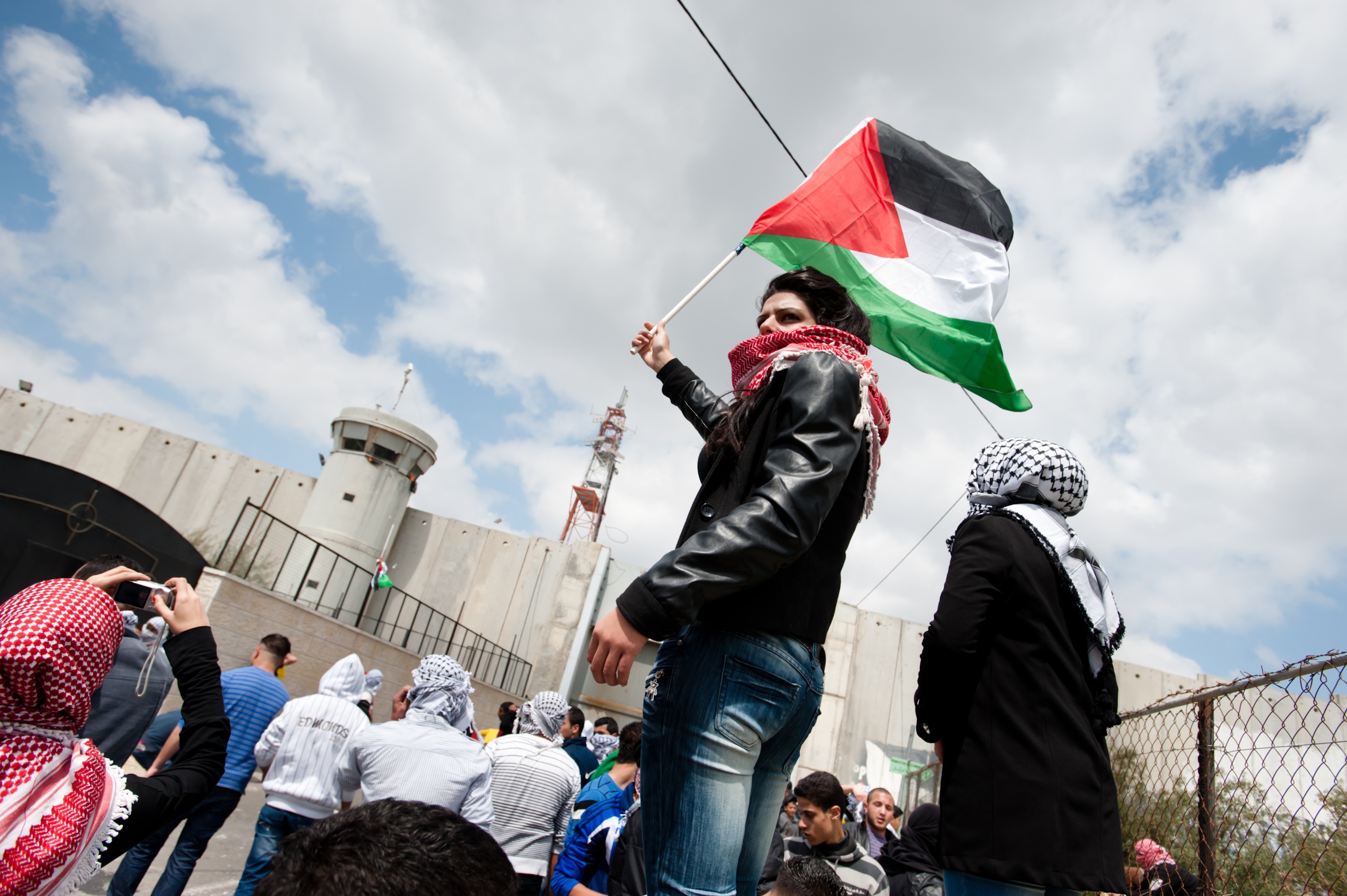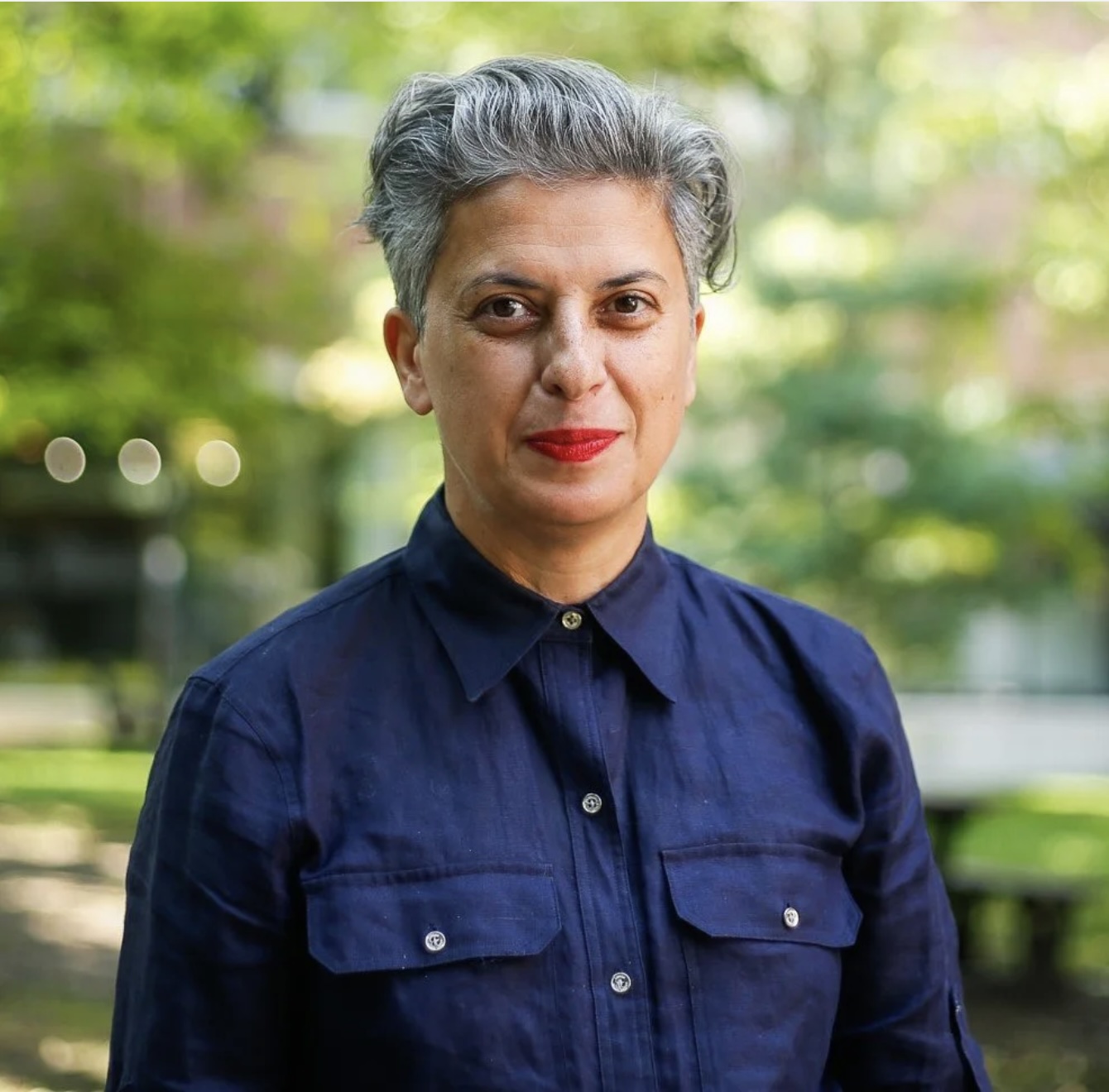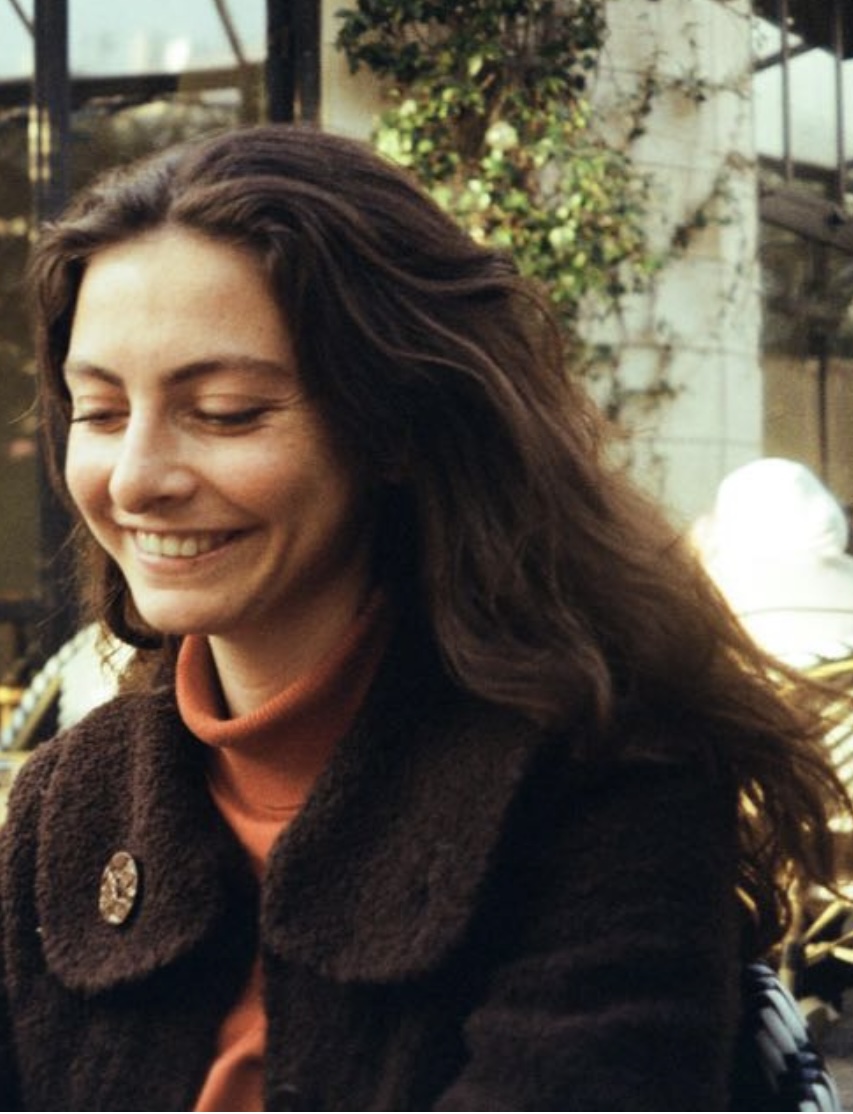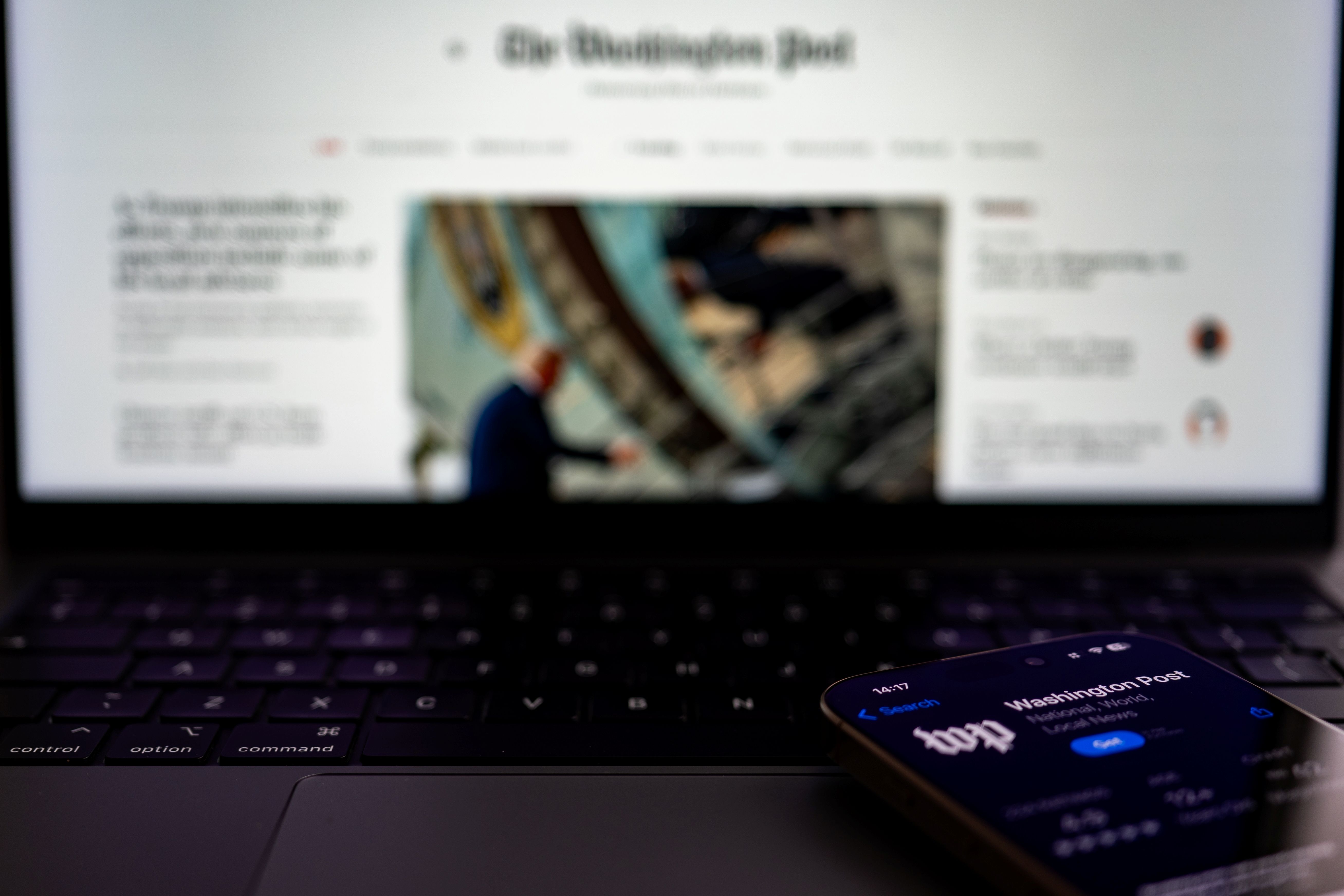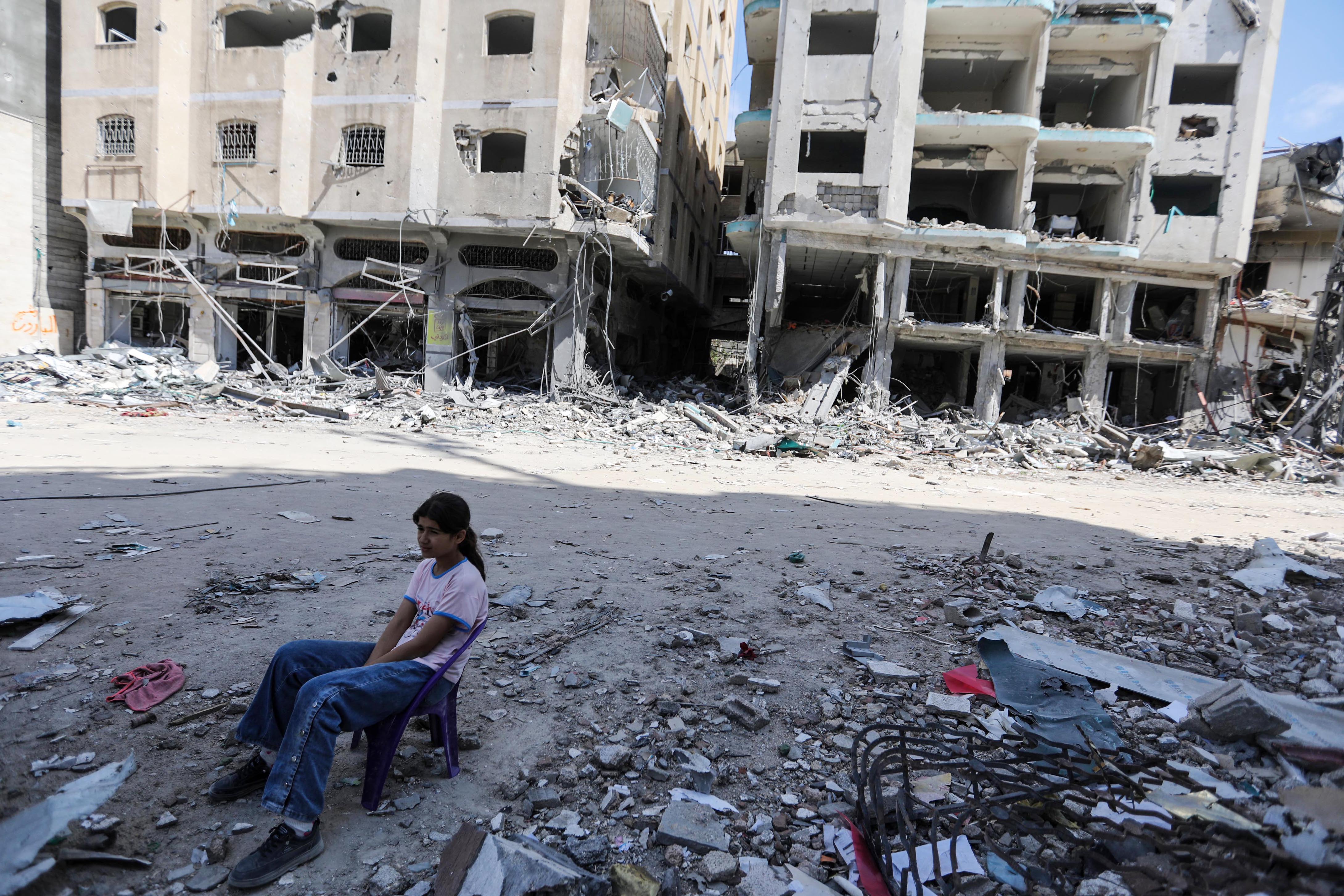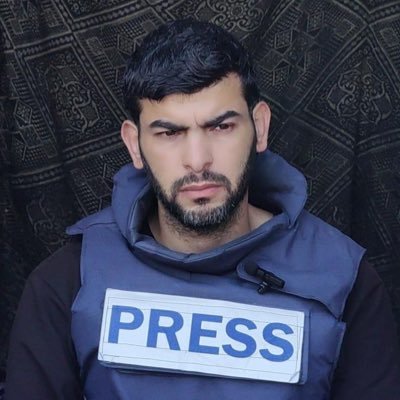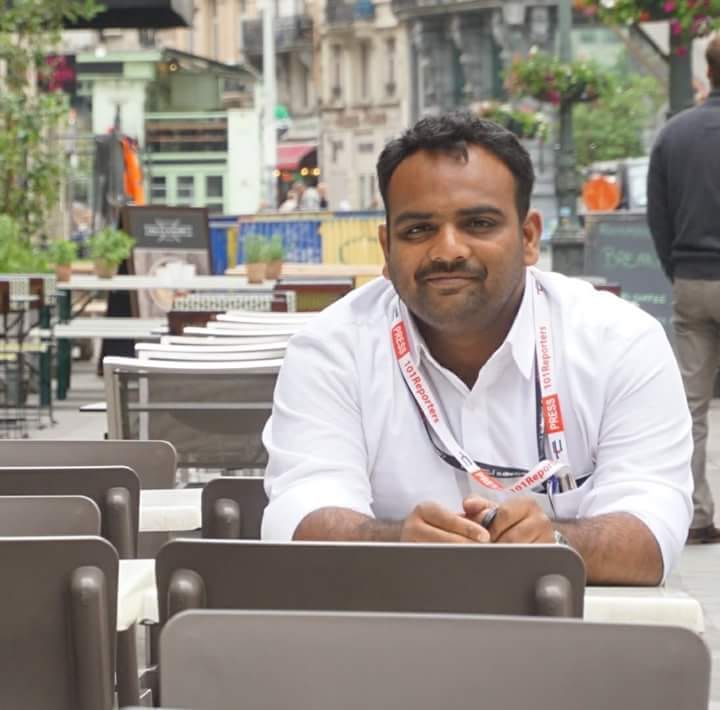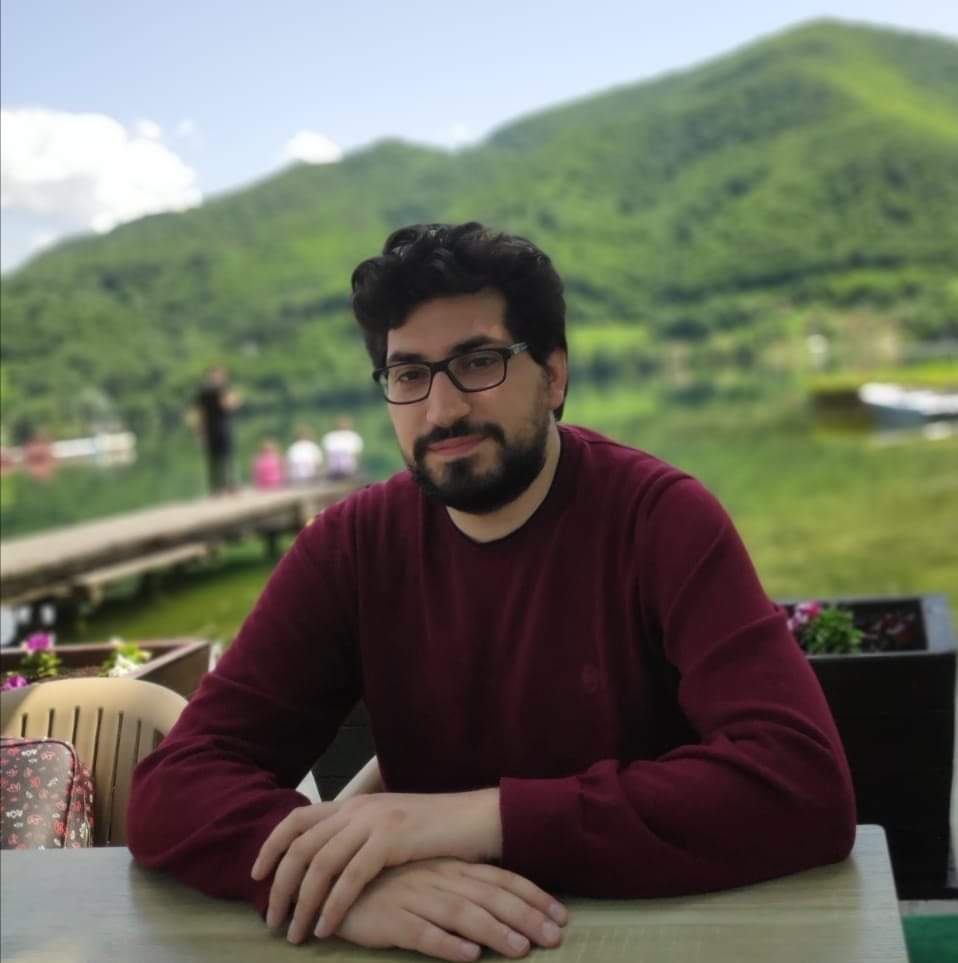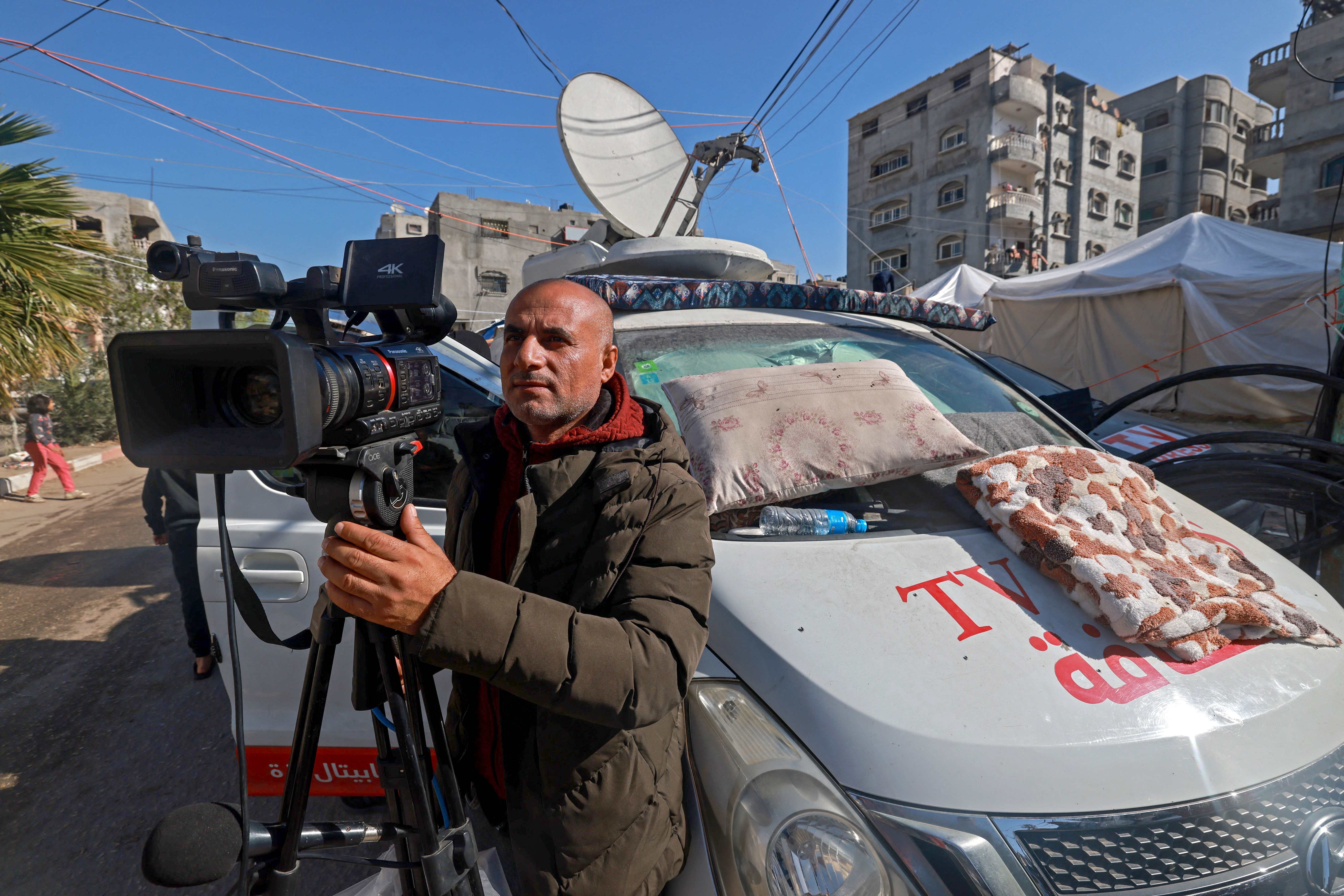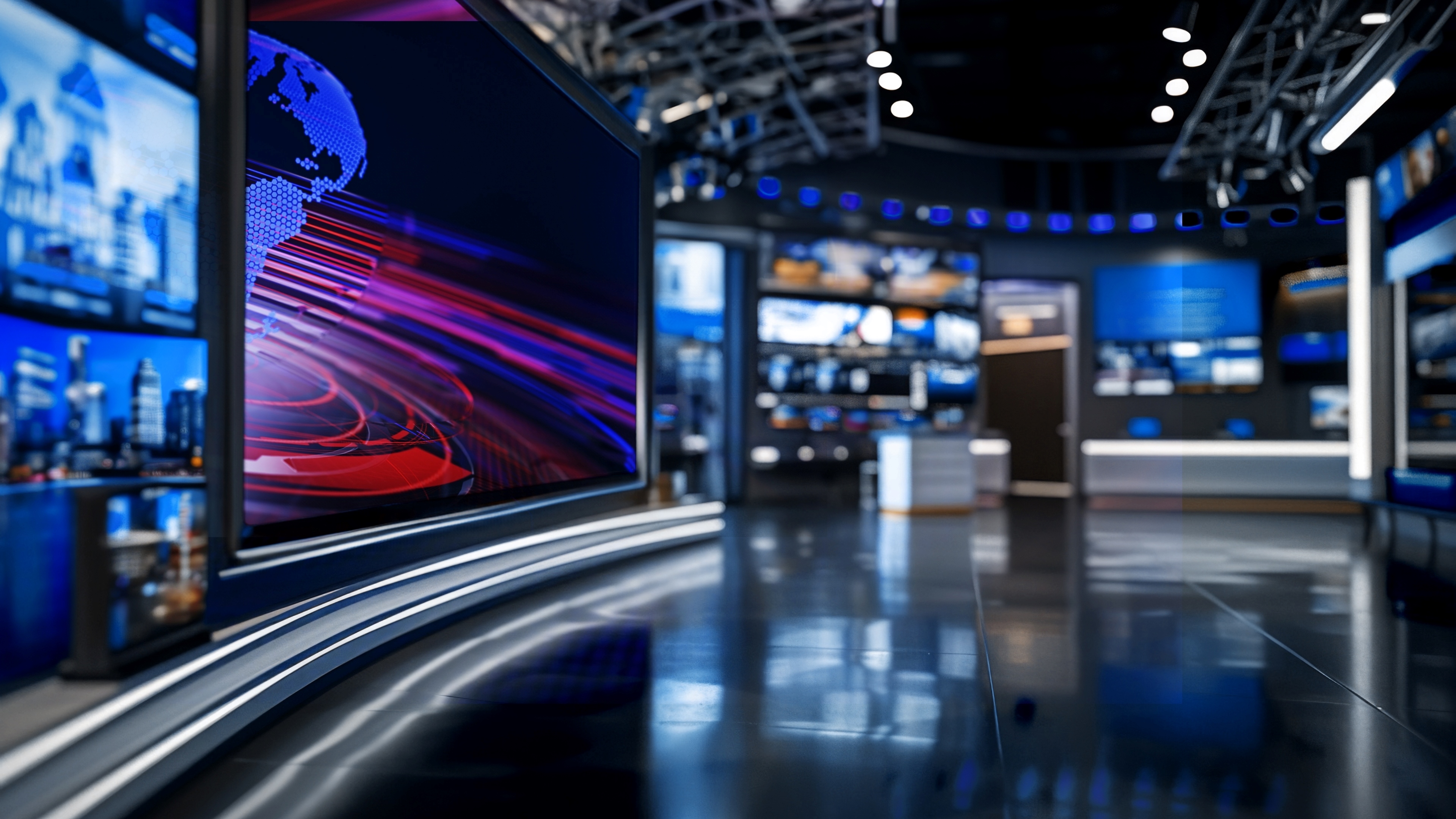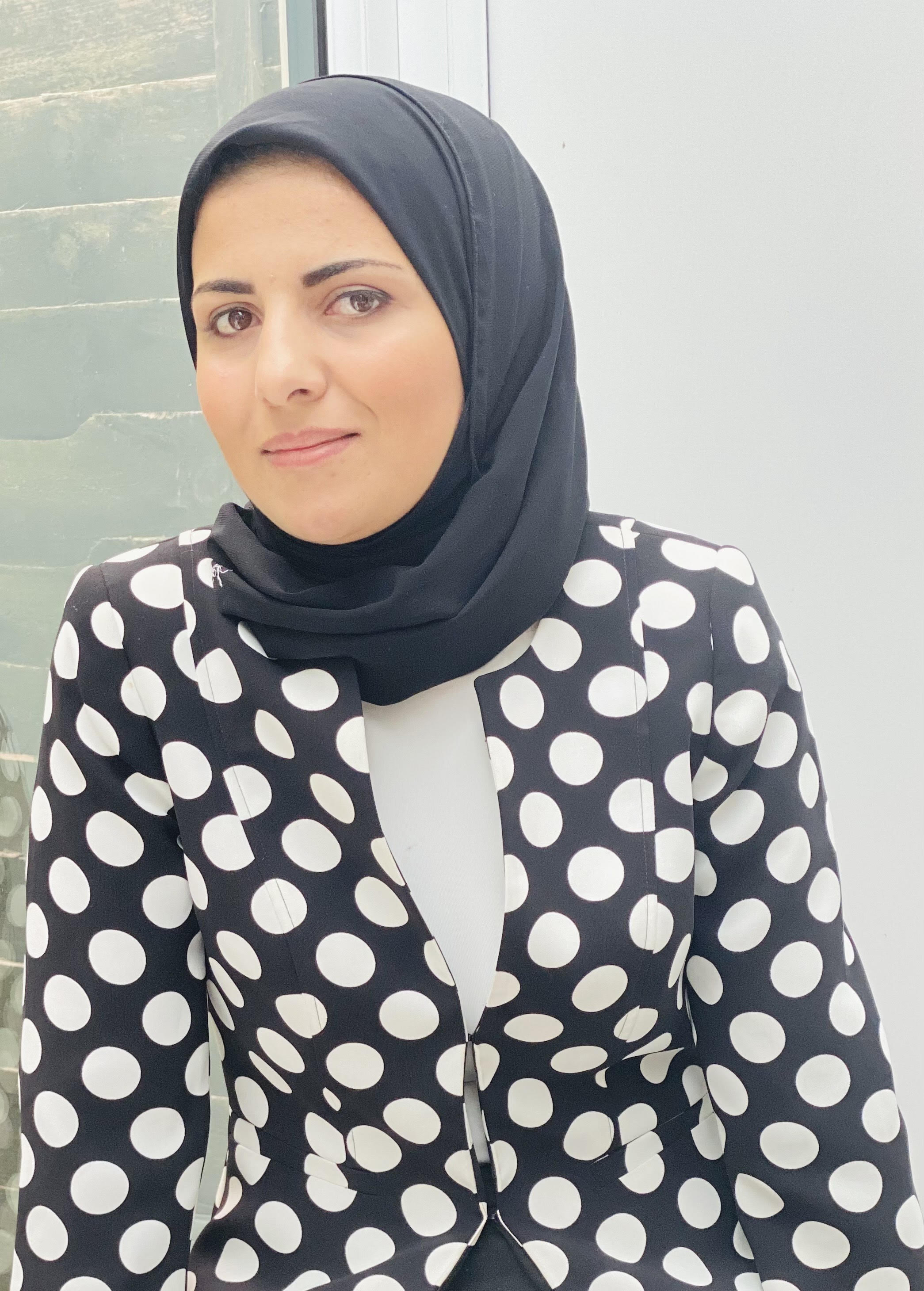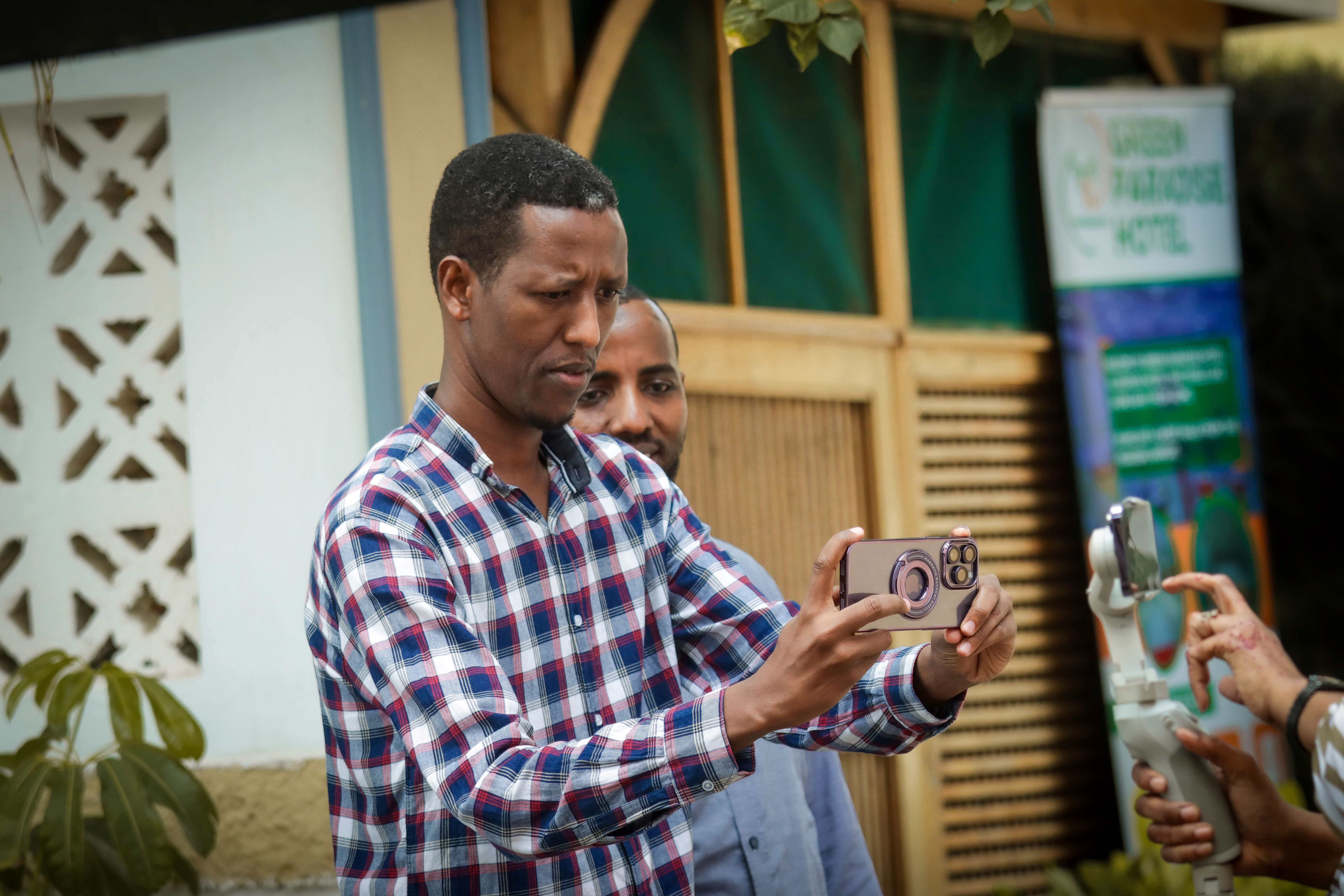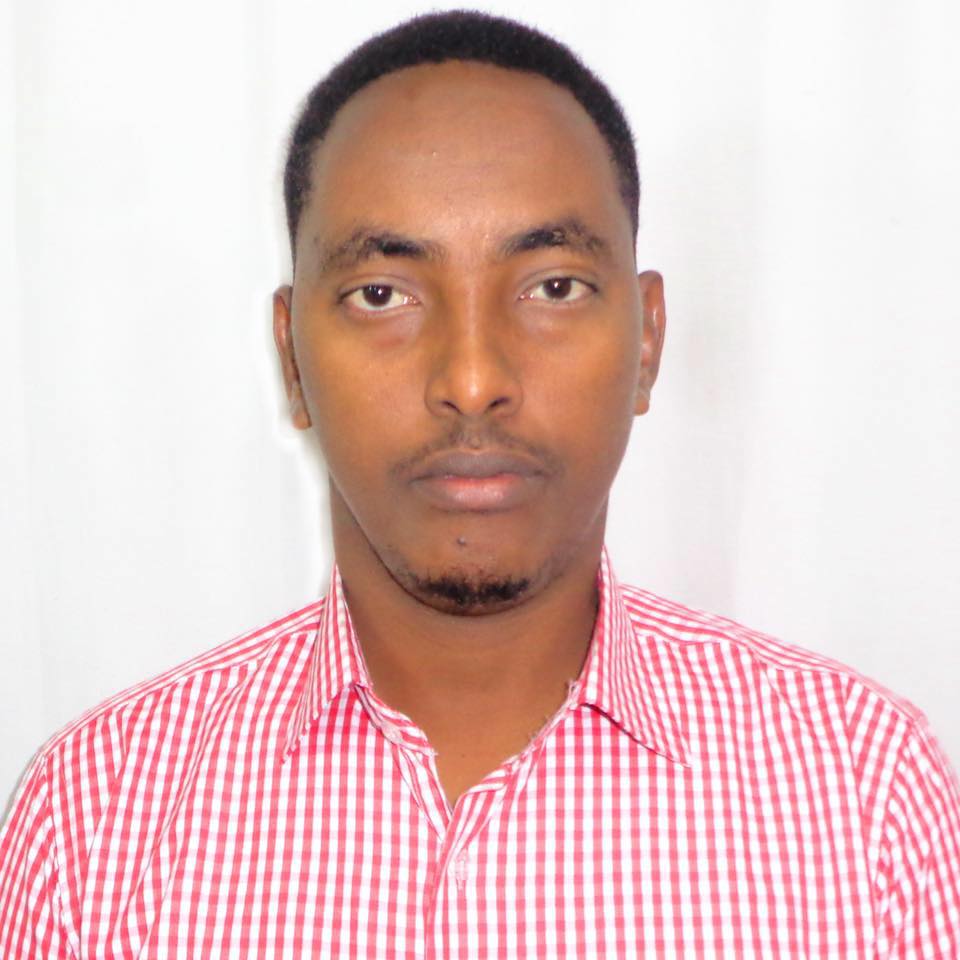(ويست وود) 1973: يدخل البطل الروبوت إلى المختبر، في مشهد يظهر كيفية رؤيته للأشياء أمامه؛ مشهد سينمائي انطبع في ذاكرة الملايين حينها ومثّل أول تجربة لدمج الصور الناتجة عن الكمبيوتر (CGI) مع الأفلام المصورة. غير أن ما كان يعد في السبعينيات خيالاً علمياً، أضحى الآن واقعاً يمكن إدراكه بصرياً، من دون أن يصبح ملموساً.
استخدمت بعض نشرات الأخبار مؤخراً تقنية الواقع المعزز، محدثةً ثورة في مجال الصحافة والإعلام، إذ جعلت من فن صناعة الخبر عالماً متعدد التقنيات يعتمد بجزء أساسي منه على الفنون البصرية والسمعية التي تتم مقاربتها اليوم بطرق تختلف عن أساليب العقود السابقة. لا يخفى على أحد أن التطور في فنون التواصل البصري خلق مجالات عمل لم تكن في الحسبان، فما عادت وظيفة الفنانين البصريين تقتصر على الفنون الدعائية ولا العمل الغرافيكي المطبوع ولا حتى التحريك الثنائي والثلاثي الأبعاد، بل تخطت ذلك نحو المشاركة في الإنتاج التلفزيوني والسينمائي بهدف خلق عالم واقعي معزّز بتقنيات بصرية افتراضية تأخذ المشاهد في رحلة خيالية نحو أبعادٍ كانت في الماضي القريب مجرد وهم بصري.
وبعيداً عن غرف الأخبار، كانت التغطيات الإعلامية للمباريات الرياضية، تستخدم البيانات والغرافيكس المعدة مسبقاً لتتناسب مع حركة الكاميرات (الروبوت أو الآلية) التي تحافظ في كل المشاهد الملتقطة على نفس المسار في التصوير، لتكون النتيجة على صورة بث مباشر لغرافيكس متحركة معدّة مسبقاً تم دمجها بالصورة الملتقطة عبر الكاميرا. كما أن تقنية الإعداد المسبق للغرافيكس المتحركة ودمجها بالواقع يتم استخدامها في نشرات الطقس على عدة قنوات عالمية منذ سنوات.
إنّ اعتماد الذكاء الاصطناعي لتحرير الكاميرات من المسارات الإجبارية المستخدمة سابقاً، بات يشكل اليوم وجهاً من أوجه الثورة في عالم البث المباشر، إذ أن تقنيات الذكاء الاصطناعي تسمح ببث فيديو يدمج الغرافيكس مع حركة الكاميرا المحمولة باليد وغير المقيّدة بمسار محدد ومعدّ مسبقاً. يحلّل البرنامج المستخدَم للمونتاج أبعاد الصورة الملتقطة بكاميرا اليد مع كل ارتجاجاتها ويحولها إلى بيانات ليحرك من خلالها الكاميرا الافتراضية في برنامج الغرافيكس ثلاثي الأبعاد، فيخلق في النهاية صورة هجينة تجمع المواد الحقيقية مع الافتراضية، تشكل واقعاً معززاً غير مقيد بحدود حركة الكاميرا.
تُعتبَر هذه التقنية بمثابة فجرٍ جديدٍ في عالم البث التلفزيوني إذا ما أضفنا إليها قدرة برامج الذكاء الاصطناعي على خلق وتحريك شخصيات افتراضية عالية الدقة يصعب التمييز بينها وبين الشخصيات الحقيقية لتحل مكان المراسلين أو المذيعين أو حتى الضيوف. فقد أصبح من الممكن خلق نسخة افتراضية عن أي شخص وتحريكها وبرمجتها لإلقاء أي خطاب يتم تلقينه لها، من دون الحاجة لوجود الشخص نفسه في الأستوديو.
هذا كان عالمياً، أما عربياً فقد تم اعتماد تقنية البث الهجين في عدة فضائيات ناطقة باللغة العربية تقع معظمها في خانة القنوات الإخبارية. أما ورقيّاً فقد أطلقت صحيفة الشرق القطرية حملة الواقع المعزز عبر تطبيق "أوريدو" أواخر العام ٢٠١٨ حيث قام عملاء الصحيفة بتمرير هواتفهم فوق النسخة الورقية بينما كانت تظهر الإعلانات بشكل ثلاثي الأبعاد على هواتفهم.
يتقدم العلم يوماً بعد يوم، فارضاً واقعا جديداً معززاً بالغرافيكس الثلاثية الأبعاد التي كان استخدامها في الماضي القريب يعدّ ضرباً من الخيال. لم يقتصر الأمر على الصحافة فقط، إذ أن قطاع الاتصالات العربي أصبح متطوراً لدرجة جعلت من اتصالات الفيديو الثلاثية الأبعاد أو "الهولوغرام" ثورة علمية أنجزتها شركة الاتصالات "فودافون" وأطلقتها بالتزامن مع الإعلان عن تدشين الجيل الخامس من شبكات الإنترنت أواخر آذار- مارس ٢٠١٩.
أصبح هذا النوع من الاتصالات والذي شاهدناه لأول مرة في فيلم "حرب النجوم"، واقعاً في عالمنا العربي وأداة اتصال يسهل استعمالها لنقل فيديو مباشر ثلاثي الأبعاد للأفراد المُتصل بهم. كما أن إدخال تقنية كهذه إلى عالم البث المباشر ينقل التغطية الميدانية المباشرة إلى مستوى جديد نجسّد من خلاله ساحة المعركة داخل الاستوديو، على هيئة واقع معزز مباشر.
تعطينا تلك التقنيات القادمة من عالم صناعة الترفيه مقاربةً جديدة لتحديات بيئة البث، حيث أن هذه التكنولوجيا الجديدة قادرة على خلق تجارب أكثر إقناعًا للمشاهد إن من ناحية إيصال الخبر أو الاتصالات الثلاثية الأبعاد المباشرة. فهل يشكل هذا التطور التكنولوجي تهديداً للعامل البشري في صناعة الخبر وتحويله إلى مادة بصرية؟ أم أنّ قدرة الآلات تبقى محدودةً أمام قدرة العقل البشري؟




![Palestinian journalists attempt to connect to the internet using their phones in Rafah on the southern Gaza Strip. [Said Khatib/AFP]](/sites/default/files/ajr/2025/34962UB-highres-1705225575%20Large.jpeg)

